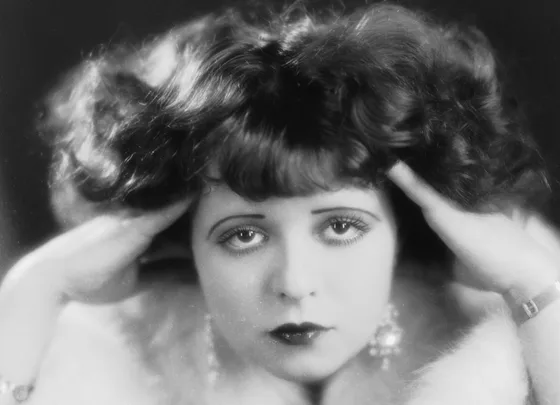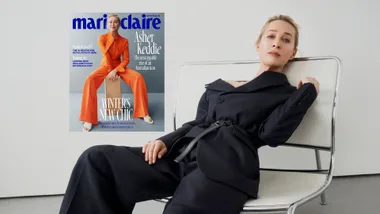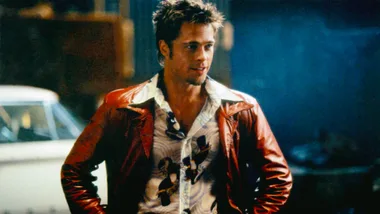When superstar Taylor Swift released the track list for her upcoming album, The Tortured Poets Department, many fans shared a collective thought: who is Clara Bow? The final track on side D is named after the actor, who successfully walked the tightrope from silent films to “talkies” in the roaring 1920s. It was a time of excess, debauchery and flappers – and Bow was one of the most famous flappers of them all. She epitomised the era.
In the silent-film business, Bow was a sure thing. She made 45 movies in six years, fronting the hits of the day – Mantrap (1926), Wings (1927) and “It” (1927) – to rave reviews. The
latter film earned her the title of “It-girl” and, just like that, a new term was popularised. According to the box office, Bow was the best drawcard in the trade; her role in a film made its odds of success two-to-one.
At the height of her fame, she received 45,000 fan letters a month. With her tangled curls and heart-shaped red lips, she was both a sex symbol and a superstar.
Yet that wasn’t always the case. Bow grew up in poverty, a shy tomboy who was teased for her “carrot-top” hair. For her, acting wasn’t just a career path, it was an escape route. The silver screen was where she found solace. “For the first time in my life, I knew there was beauty in the world,” Bow said of going to the cinema as a child. “My whole heart was afire, and my love was the motion picture.”

How Did Clara Bow Grow Up?
There’s a scene in the 2022 blockbuster film Babylon, where actor Margot Robbie – playing a character loosely based on Bow – cries on cue after being thrown into a role. A single tear runs down her cheek. The director is amazed. “How do you do it?” her character is asked. “How do you just tear up over and over like it’s nothing?” Simple, she replies: “I just think of home.”
Clara Bow was born in New York in 1905, in a bleak, almost-empty room above a dilapidated church in Prospect Heights, Brooklyn. It was the thick of summer and the city was experiencing a heatwave. Bow was her parents’ third daughter, and the only one to survive past infancy.
Her mother, Sarah, and father, Robert, had been warned against having another baby because it would almost certainly suffer the same fate. And then, on that hot summer day, Clara was born.
“I don’t suppose two people ever looked death in the face more clearly than my mother and I the morning I was born,” Bow wrote many years later. “We were both given up, but somehow we struggled back to life.”
The struggle continued. Robert was often out of work, and Sarah was diagnosed with psychosis due to epilepsy, following a fall from a second-storey window when she was a teenager. Bow cared for her mother when she experienced seizures and psychotic episodes. It was a role reversal: Bow was the parent, and her mother was the child.
Bow herself didn’t get to be a kid. School – in her threadbare clothes – was a “heartache”. Home – with her unwell mother – was “miserable”. Bow’s only reprieve was escaping to the cinema. There she discovered glamour, romance and adventure.
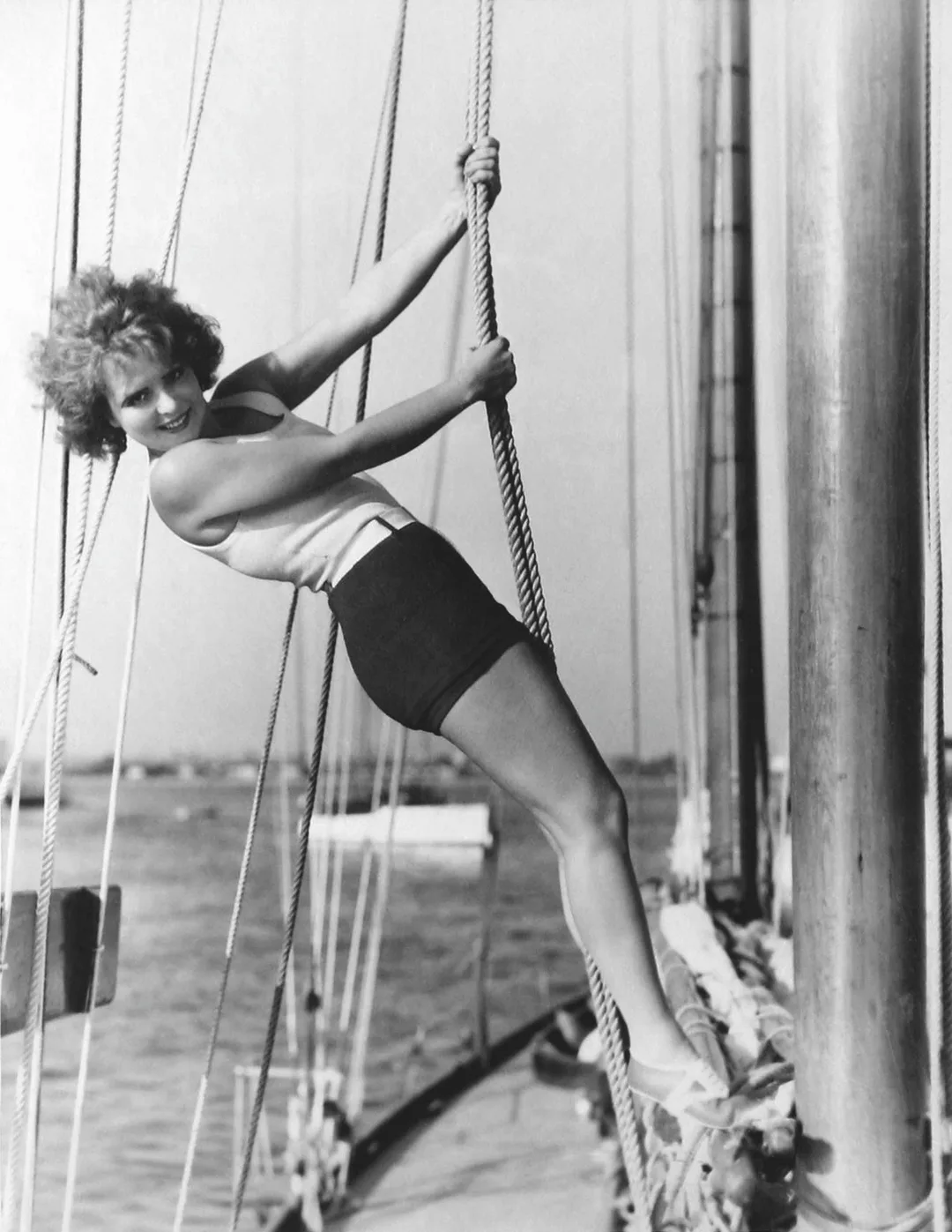
Bow’s Mother Didn’t Want Her To Be An Actor
At 16, Bow knew she wanted to be an actor. In 1921, she entered a nationwide acting contest called Fame and Fortune, sponsored by a magazine. The competition was stiff. In the final screen test, Bow’s main rival delivered a “beautiful piece of acting”. But when Bow stepped onto the set, she didn’t act the scene out, she lived and breathed it. She became the character and stole the show, winning an evening gown, a trophy and the promise of industry support for her efforts.
Her father took on the role of her manager and they lobbied studio agencies for parts, but Bow initially faced rejection after rejection. “There was always something,” she later revealed. “I was too young or too little, or too fat. Usually I was too fat.”
Around this same time, her mother took a dark turn. Sarah couldn’t stand the thought of her daughter becoming an actor, and told Bow that she would be “much better off dead” than pursuing a career in Hollywood.
One winter’s night, Bow woke up to the feeling of a cold blade against her throat. Her mother was holding the knife. “It was snowing,” recalled Bow. “My mother and I were cold and hungry. We had been cold and hungry for days. We lay in each other’s arms and cried and tried to keep warm. It grew worse and worse. So that night my mother – I can’t tell you about it – [except that] when I remember it, it seems to me I can’t live.”
But live she did. Bow fought off her mother and locked her in a room. The next morning, Sarah had no memory of the night before. Robert later took Sarah to a “sanitarium” and had her committed.
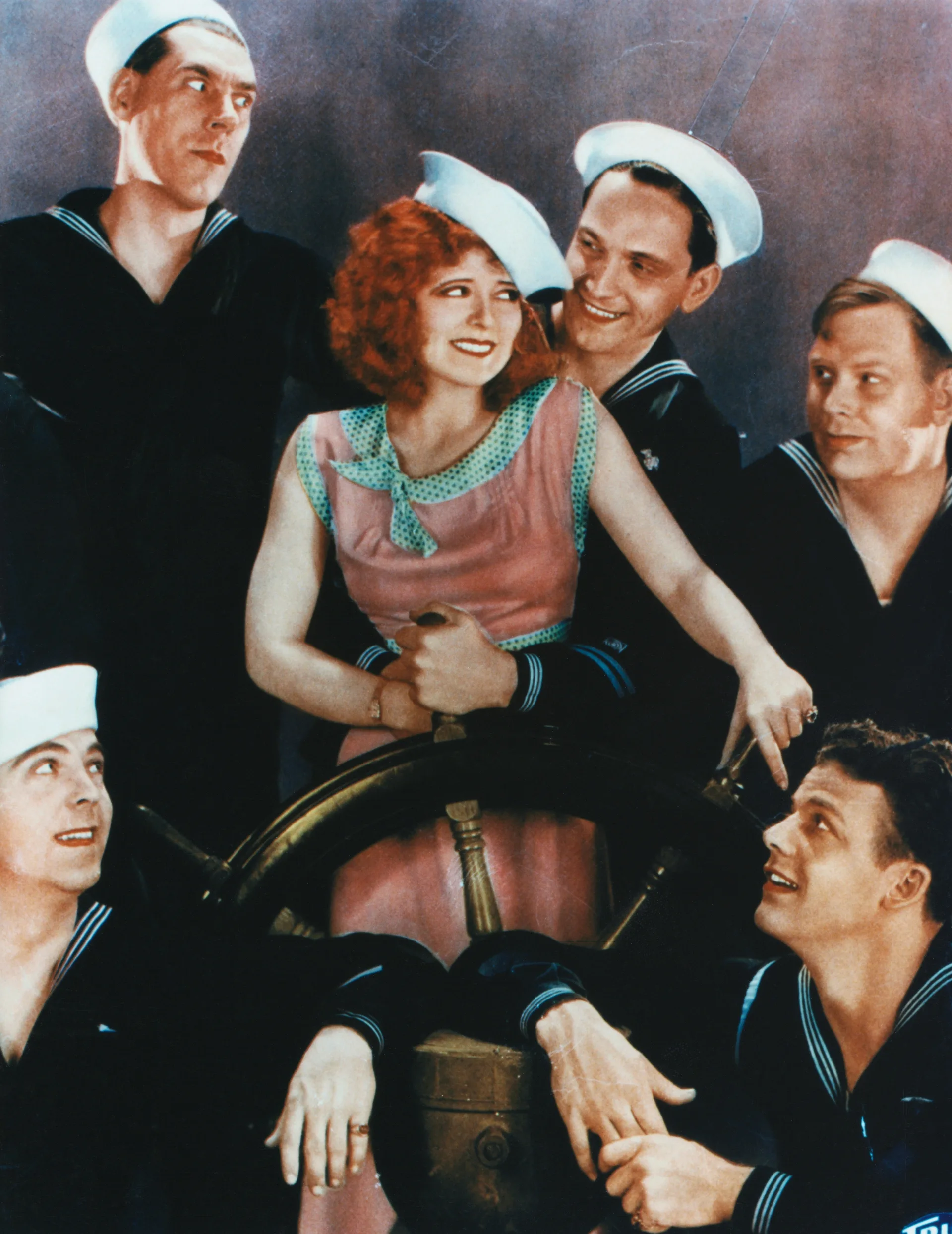
Clara Bow Became An Actress On The Silver Screen Anyway
After the traumatic incident, Bow attempted to push ahead with acting. She finally scored her first film part, in the 1922 drama Beyond the Rainbow, then a captivating role in Down to the Sea in Ships. These were followed by parts in The Daring Years and Grit, which was written by F. Scott Fitzgerald and directed by Frank Tuttle. By day, Bow would act, and by night she would help care
for her mother, as she had done throughout her childhood.
Bow was on set one day in 1923 when her father walked in. The look on his face told her everything: her mother was gone. Sarah died at the age of 43 from her epilepsy.
“The day of my mother’s funeral was the beginning of a new life for me,” she said. “Perhaps it was the birthday of the Clara Bow you know.”
That Clara Bow was “dynamic”, according to Grit director Tuttle, “breathtaking”, according to the film’s ad and unforgettable, according to its Variety review. “Clara Bow lingers in the eye, long after the picture has gone,” the review stated. She was a star on the rise.
Bow left New York for Hollywood, where she was adored by fans and critics, hounded by the tabloid press and ostracised by certain circles in the industry. There was no-one like Bow. She was an outsider; the people loved her for it, but her peers didn’t know how to take her.
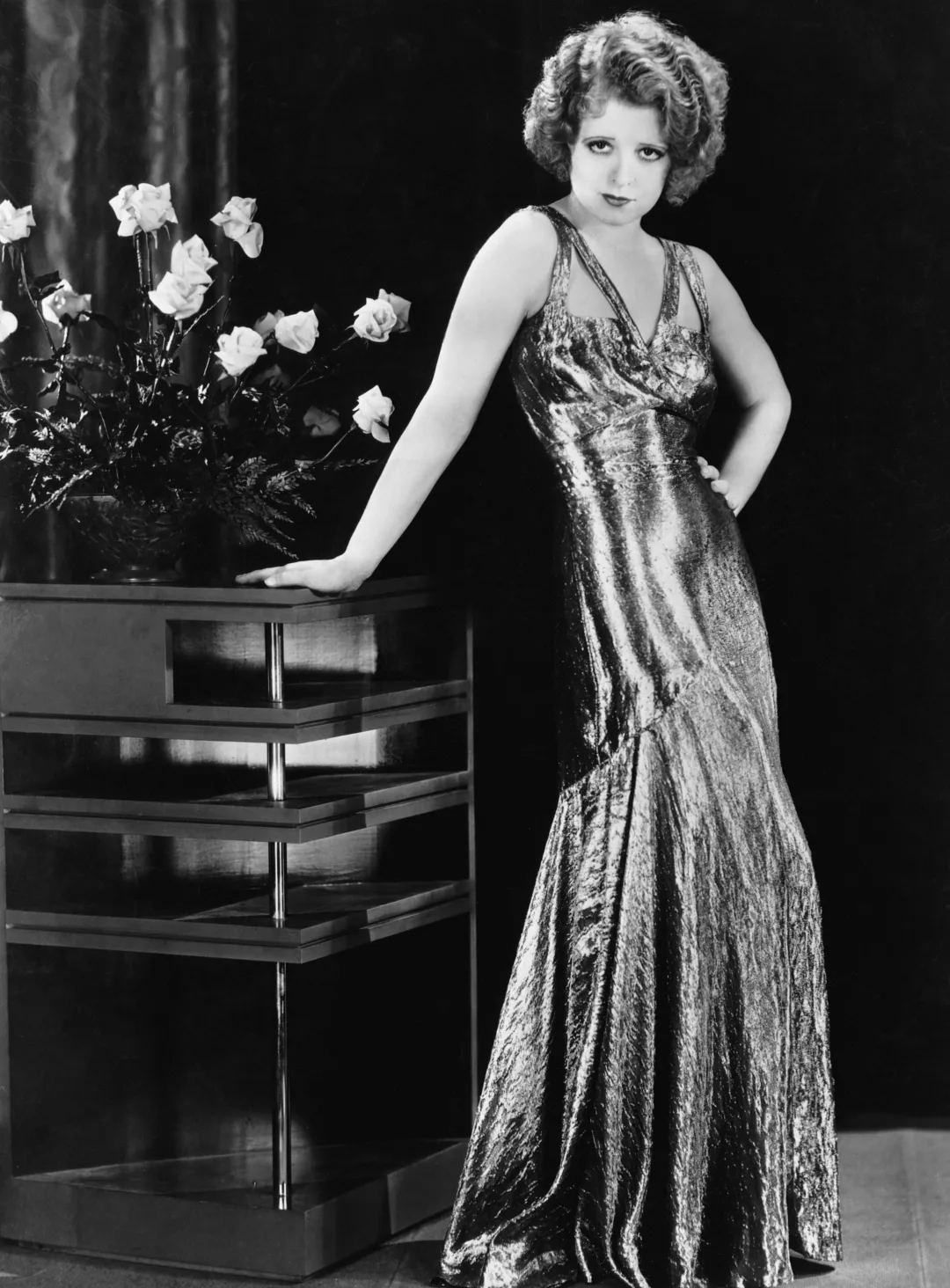
Clara Bow Became An ‘It-Girl’
When Bow entered her flapper era, she became a sign of the times, the sexual revolution and female empowerment. “All this time I was ‘running wild’ … in the sense of trying to have a good time … maybe this was a good thing, because I suppose a lot of that excitement, that joy of life, got onto the screen,” she said in an interview.
The joy was contagious. By 1925, Bow was in high demand, and starred in 14 productions. The year 1927 saw the release of Wings – the first film to win an Academy Award for Best Picture – and “It”, which cemented her status as a sensation, an “It-girl”, if you will.
Bow’s reign continued as silent films were replaced with “talkies”. She starred in The Wild Party, Dangerous Curves, and The Saturday Night Kid – all in 1929. The cinema loved Bow but the feeling wasn’t always mutual.
“I hate talkies,” Bow declared in 1930, marking the beginning of the end. The pressures of fame and her ruthless workload took a toll. Bow was approaching breaking point with the same ferocity with which she once approached Hollywood: at full steam.
The 1920s were over and Bow was no longer roaring in 1930 when she met Rex Bell on the set of True to the Navy. She married the actor in Las Vegas in 1931 and moved to his ranch in the Nevada desert, far from the bright lights of Hollywood. She returned sporadically with the sole purpose of making enough money to leave for good.
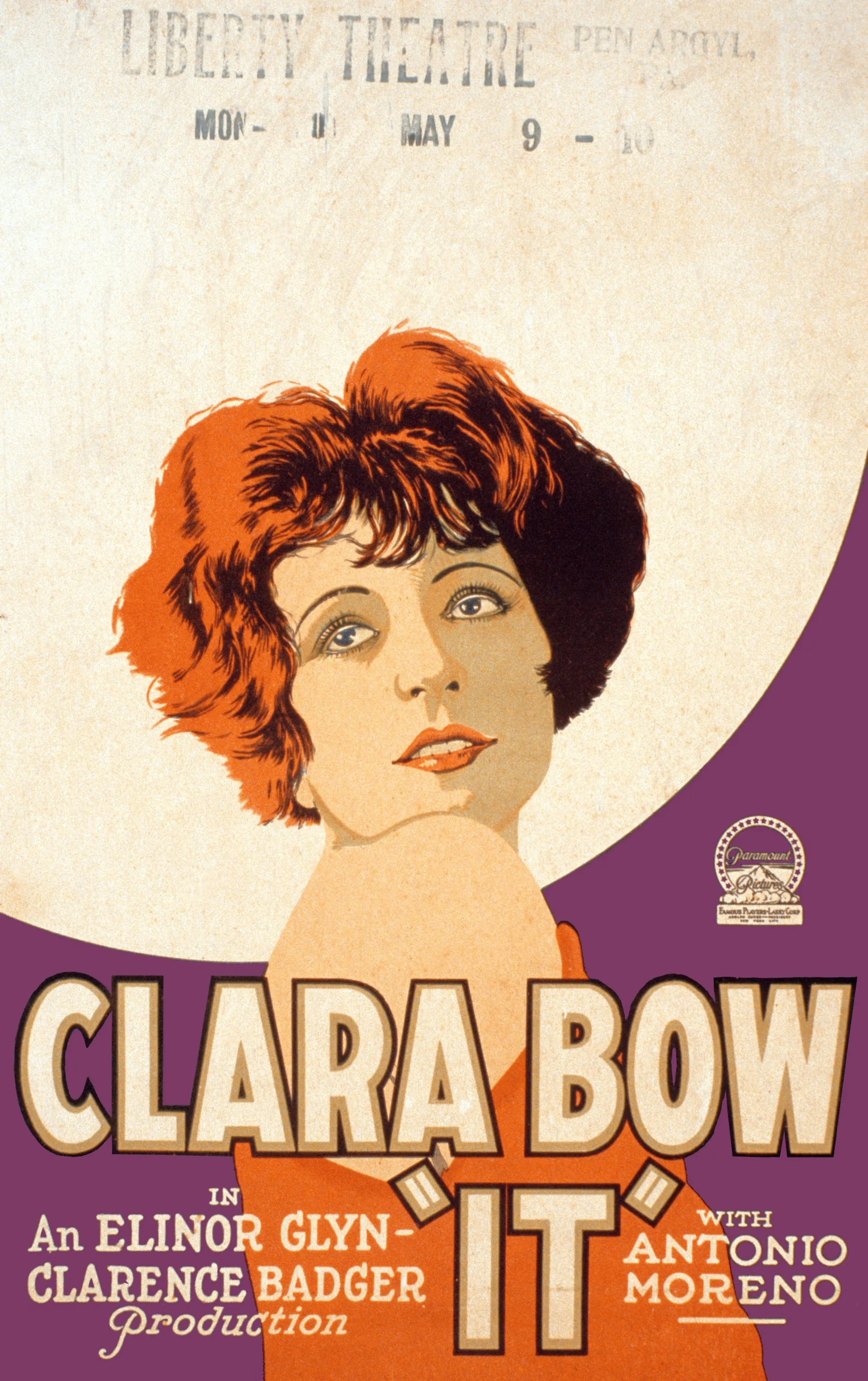
Bow Struggled With Celebrity Later In Life
By 1933 – at age 28 – Bow’s career was over. Following her retirement, she had two sons, Tony and George, and disappeared from public life. In one of her last interviews as an actor, she reflected on her time in the movie business. “My life in Hollywood contained plenty of uproar,” she admitted. “I’m sorry for a lot of it, but not awfully sorry. I never did anything to hurt anyone else. I made a place for myself on the screen and you can’t do that by being Miss Alcott’s idea of a Little Woman.”
Bow fought for her place in Hollywood, and she fought even harder to survive it. The industry chewed her up and spat her out in a mouthful of sordid rumours about drug addiction, exhibitionism and alcoholism.
Out of the spotlight, Bow struggled with her mental health, withdrew from society and entered a psychiatric institution in 1949. When she left The Institute of Living, she did not return to her family. Instead, she moved into a bungalow where she stayed (and rarely left) until her death from a heart attack in 1965. She was 60 years old.
Bow’s career was defined by flapper films, and her life mirrored those roles. “All the time the flapper is laughing and dancing, there’s a feeling of tragedy underneath; she’s unhappy
and disillusioned, and that’s what people sense,” Bow once said.
If ever there was a story worthy of a Taylor Swift song, it’s Clara Bow’s.
